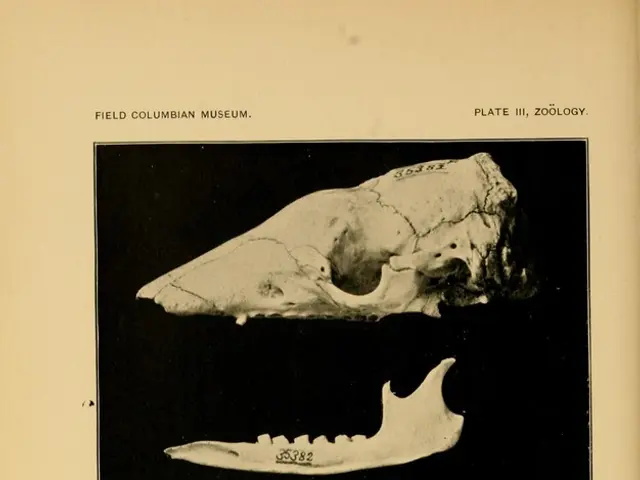Manipulate Anxiety with Drink Bottle Topper - A Basic Approach for Relief
In the world of reusable water bottles, tethered caps have become a common feature, designed to reduce plastic waste and ensure the cap stays attached to the bottle. However, some users find these tethered caps can be a nuisance while drinking, causing discomfort or interfering with the drinking experience.
But fear not, for there's a simple solution to this problem: adjusting the length of the tethered cap. This can be done by carefully cutting the tether to a desired length with scissors or a small cutting tool. By reducing excess tether material, you can prevent it from interfering with mouth placement or causing irritation during use.
This method is similar to adjusting the length of adjustable silicone straws for comfort. The idea is to trim the tether to an optimal, comfortable length while maintaining cap attachment.
When adjusting the tether length, there are some important considerations to keep in mind. First, be careful not to damage the bottle cap or create sharp edges during the cutting process. Second, leave enough length to keep the cap attached, as regulations mandate tethered caps to reduce plastic waste. Avoid cutting too short to prevent the cap from detaching unintentionally or restricting the ease of capping the bottle.
If the tether is integrated into the cap design or made of plastic that is prone to sharp edges, consider smoothing cut edges to prevent injury or discomfort. No specialized tools or products specifically for tether length adjustment were noted, so manual trimming is the most practical approach.
By trimming the tether length of the bottle cap, you can potentially reduce the loss of tethered caps and subsequent pollution. This simple adjustment ensures that the tethered cap is positioned in a way that it does not interfere with the user's drinking experience.
This method can help in reducing discomfort caused by tethered caps during consumption. Tethered caps often get lost and contribute to pollution in parks, streets, and waters. By adjusting the position of the tethered cap, both the environment and the consumer can benefit.
The aim of tethered caps is to reduce plastic waste in the environment, and this adjustment helps achieve that goal while improving the user experience. With other bottle models, simply turning the cap further back after opening is enough to position it out of the field of vision.
Tethered caps have been mandatory on beverage packages in the EU since July 2024, so it's essential to know how to adjust them for comfort. To lengthen the connection between the cap and the bottle, unscrew the cap as usual and pull it slightly or turn it by 180 degrees, depending on the model.
In summary, trimming the tether length of the bottle cap with scissors to an optimal, comfortable length while maintaining cap attachment is the recommended way to prevent discomfort while drinking with tethered caps. This simple hand movement can potentially reduce the loss of tethered caps and subsequent pollution, making your drinking experience more enjoyable and environmentally friendly.
- In the realm of health-and-wellness, adjusting the length of tethered caps on reusable water bottles can improve the drinking experience by reducing discomfort and interference.-medical field, trimming the excess tether material from these caps is similar to adjusting the length of adjustable silicone straws for comfort and convenience.
- The environmental science behind reducing plastic waste through tethered caps on water bottles aligns with the objectives of fitness-and-exercise, as both aim for a healthier and cleaner world, while supporting workouts and maintaining hydration. Furthermore, adjusting the tether length can potentially minimize the loss of these caps, contributing to less pollution and environmental degradation, similar to climate-change mitigation efforts that focus on waste reduction and sustainability.




